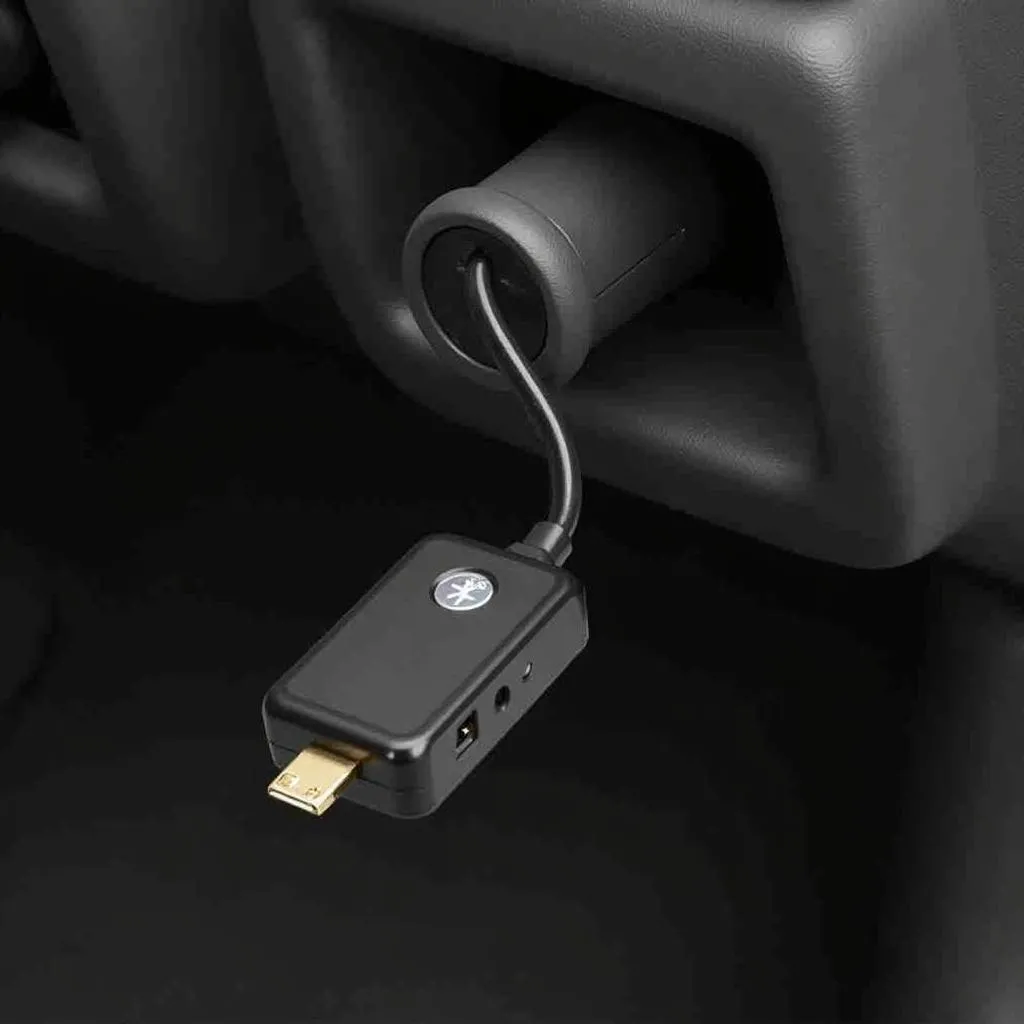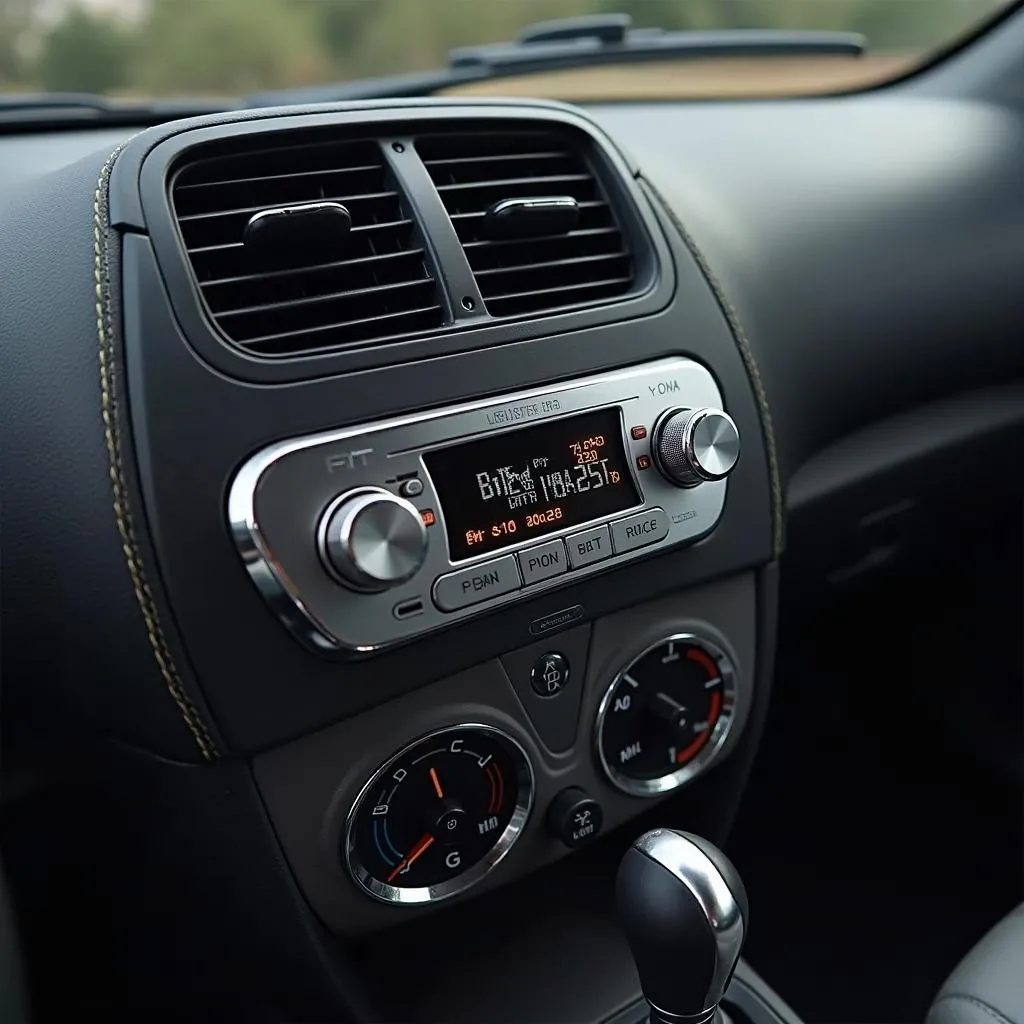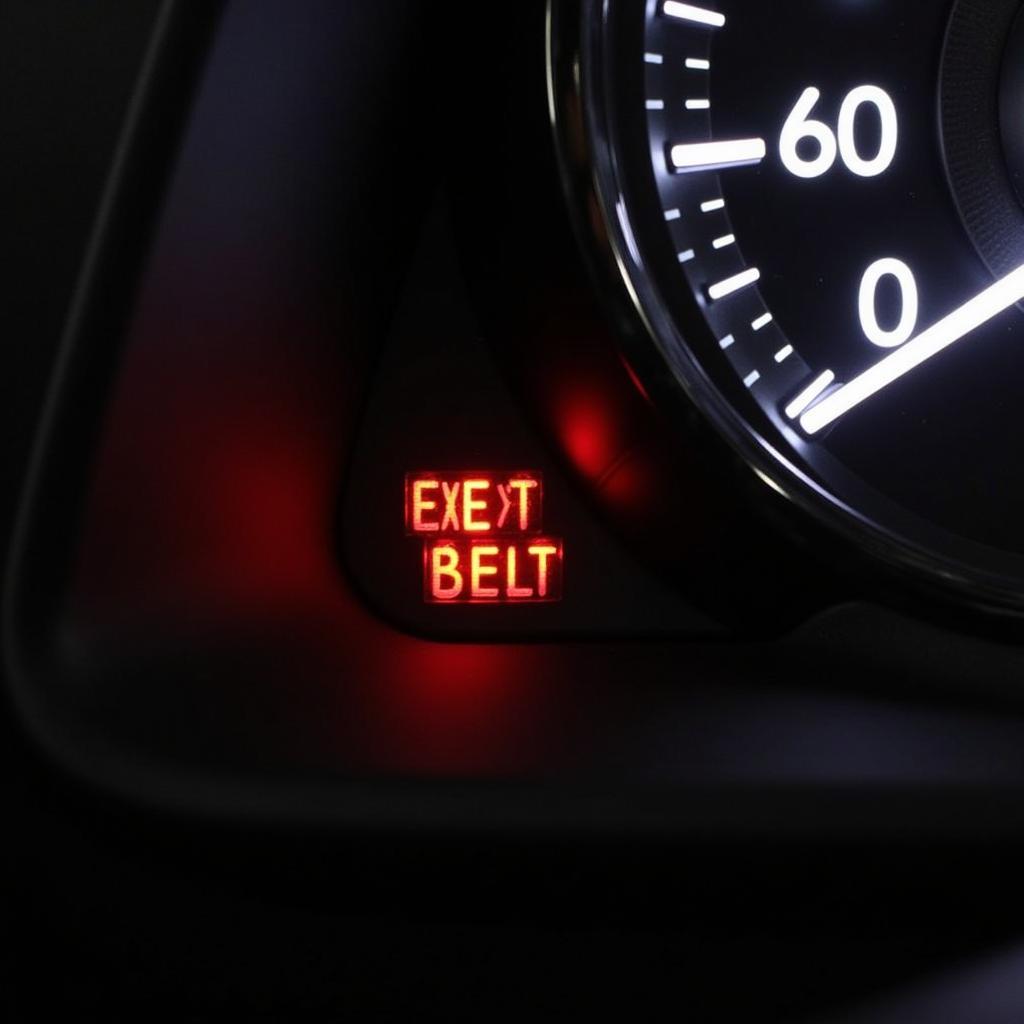Ah, the open road, the wind in your hair, and the sweet sounds of… static? We’ve all been there. Owning a vintage car is a labor of love, but that doesn’t mean you have to sacrifice modern convenience. One upgrade that can transform your driving experience is adding Bluetooth functionality to your vintage car radio. Don’t worry, it’s not as daunting as it sounds!
Understanding the Challenge: Why Retrofits Can Be Tricky
Before we dive into solutions, let’s talk about why vintage car radios and Bluetooth don’t always see eye-to-eye. Older radios were simply not designed with this technology in mind. They lack the necessary hardware and software to receive and transmit Bluetooth signals.
Common Bluetooth Woes in Vintage Cars
You might be experiencing these common issues:
- No Bluetooth Connectivity: Your phone simply doesn’t detect your car radio as a Bluetooth device.
- Poor Sound Quality: You’ve managed to connect, but the audio is fuzzy, distorted, or plagued by interference.
- Intermittent Connection: The Bluetooth connection drops out randomly, leaving you with frustrating silence.
Troubleshooting the Source: Is it Hardware or Software?
In most cases, the culprit is a lack of Bluetooth hardware in your vintage car radio. However, there’s a chance that a software issue within your phone or a connected device could be the root of the problem.
Diagnosing the Problem
- Check for Existing Bluetooth: Consult your car’s manual or look for any indication of Bluetooth capabilities on the radio unit itself. You might get lucky!
- Phone Compatibility: Ensure your phone’s Bluetooth is turned on and that it’s discoverable by other devices.
- Eliminate Interference: Temporarily turn off other Bluetooth devices in your car, such as hands-free systems or navigation devices.
Bridging the Gap: Bluetooth Solutions for Your Classic Car
Don’t despair! There are several ways to integrate Bluetooth into your vintage ride:
1. Bluetooth Adapters: A Simple and Affordable Solution
Bluetooth adapters are small devices that plug into your car’s auxiliary input (AUX) or cigarette lighter socket. They act as a bridge, receiving Bluetooth signals from your phone and transmitting them to your car stereo.
 Bluetooth Adapter for Car
Bluetooth Adapter for Car
2. Bluetooth Conversion Kits: Seamless Integration
For a more integrated solution, consider a Bluetooth conversion kit. These kits typically replace your car radio’s amplifier or head unit, adding Bluetooth functionality without altering your car’s classic aesthetic.
 Vintage Car Radio with Bluetooth
Vintage Car Radio with Bluetooth
3. Replacing Your Radio: Embracing Modern Technology
If you’re open to a complete overhaul, replacing your vintage car radio with a modern unit equipped with Bluetooth is the most straightforward option. You’ll gain access to a wider range of features, including hands-free calling, music streaming, and even navigation.
FAQs: Your Bluetooth Questions Answered
Q: Will installing a Bluetooth adapter drain my car battery?
A: Bluetooth adapters draw very little power, especially when compared to other car accessories. However, it’s always a good practice to unplug the adapter when your car is off for extended periods.
Q: Can I use voice commands with a Bluetooth adapter?
A: Most Bluetooth adapters have built-in microphones that support voice commands for making calls and controlling music playback.
Q: Do I need any special tools to install a Bluetooth adapter?
A: Bluetooth adapters are generally plug-and-play devices, requiring no special tools for installation.
CarDiagTech: Your Partner in Automotive Technology
Feeling overwhelmed? Don’t hesitate to reach out to the experts at CarDiagTech. We offer a wide range of automotive diagnostic and repair services, including Bluetooth integration for vintage cars. Contact us today and let us help you bring your classic ride into the digital age.


